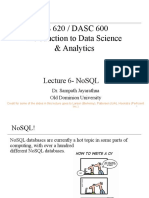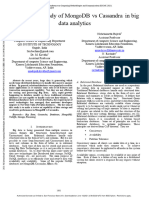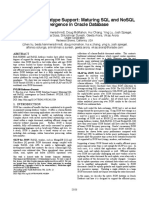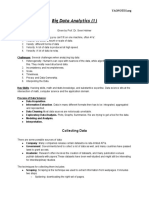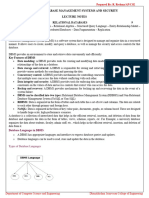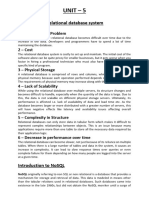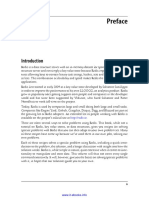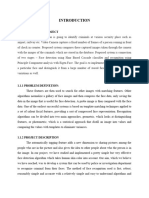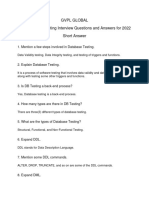0% found this document useful (0 votes)
15 views19 pagesDBMS - Unit 6 (Advances in Databases)
The document provides an overview of Big Data, its handling steps, and the limitations of traditional RDBMS systems. It discusses the need for NoSQL databases, the CAP theorem, and various NoSQL data models and processing tools, highlighting MongoDB's advantages over RDBMS. Practical applications of NoSQL are also mentioned, including social networking sites and e-commerce platforms.
Uploaded by
sohel5101shaikhCopyright
© © All Rights Reserved
We take content rights seriously. If you suspect this is your content, claim it here.
Available Formats
Download as PDF, TXT or read online on Scribd
0% found this document useful (0 votes)
15 views19 pagesDBMS - Unit 6 (Advances in Databases)
The document provides an overview of Big Data, its handling steps, and the limitations of traditional RDBMS systems. It discusses the need for NoSQL databases, the CAP theorem, and various NoSQL data models and processing tools, highlighting MongoDB's advantages over RDBMS. Practical applications of NoSQL are also mentioned, including social networking sites and e-commerce platforms.
Uploaded by
sohel5101shaikhCopyright
© © All Rights Reserved
We take content rights seriously. If you suspect this is your content, claim it here.
Available Formats
Download as PDF, TXT or read online on Scribd
/ 19

































